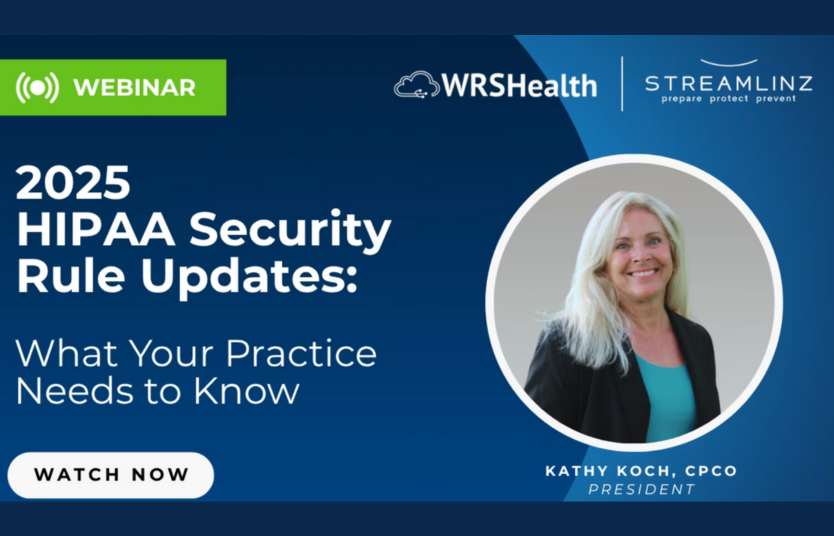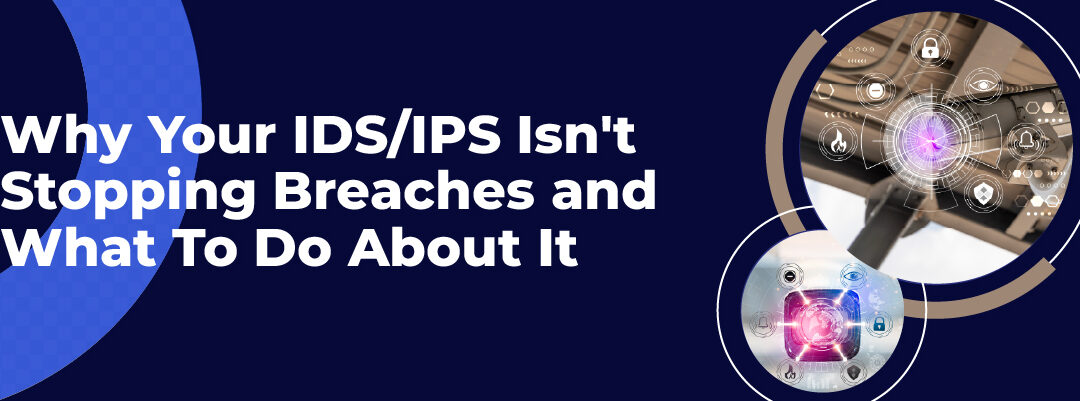Protect your organization and your assets
From solo practitioners to groups with multiple providers and locations, the threats and risks are real. Breaches have become more prevalent magnifying the need to have the proper policies in place.

What is the Security Rule?
The HIPAA Security Rule requires physicians to protect patients’ electronically stored, protected health information (known as “ePHI”) by using appropriate administrative, physical and technical safeguards to ensure the confidentiality, integrity and security of this information. Essentially, the Security Rule operationalizes the protections contained in The Privacy Rule which protects all “individually identifiable health information” held or transmitted by a covered entity or its business associate, in any form or media, whether electronic, paper, or oral.
All covered entities, defined in the HIPAA rules as (1) health plans, (2) health care clearinghouses, and (3) health care providers who transmit any health information electronically, must assess their security risks. Even if an entity employs a certified electronic health record (EHR) technology, they must still put in place administrative, physical and technical safeguards to maintain compliance with the Security Rule and document every security compliance measure.
The assessment should identify, assesses, and lead to the implementation of key security controls in and organization’s applications. It identifies each applications’ security defects and vulnerabilities allowing the organization to address deficiencies and document policies and procedures. It is and integral part of an organization’s risk management process.
949-994-9689
CALL US TODAY TO SCHEDULE A DEMO
Security Questions
Is a Security Risk Assessment Required?
Under the HIPAA Security Rule, you are required to conduct an accurate and thorough analysis of the potential risks and vulnerabilities to the confidentiality, integrity, and availability of electronic protected health information (ePHI) held by the covered entity or business associate.
Does Streamlinz offer assistance?
Yes, Streamlinz offers consultative and training services. Please contact us for a customized review and options.
How often do we need to complete an assessment?
Consistent HIPAA security risk assessments are essential to maintaining compliance for your healthcare organization. It allows you to understand where protected health information (PHI) may be at risk. HIPAA does require periodic risk assessments at least once per year.
What you get with the Security Risk Assessment
AI Guided Assistance
A step by step guide of the HIPAA Security Rule and the Administrative, Physical and Technical Safeguards required to comply with the HIPAA Security Rule.
Automated Tasks
Task lists assigned to the proper resources with automated reminders to ensure tasks are tracked and monitored until completion.
Remediation Plan
A fully documented set of steps required to verify the organization has assessed all components of the HIPAA Security Rule on an annual basis.
Business Intelligence
One touch reporting on dashboards and compliance reports for distribution throughout the enterprise and outside reporting agencies.
Cost of Non-Compliance
Streamlinz At a Glance
%
Small businesses report closing their doors 6 months after a large data breach
Average fine PER Breach, for small companies
Streamlinz templates available
Years in the Industry
Streamlinz cuts HIPAA compliance risks and keeps you protected. Prepare, Protect and Prevent - Our solutions save you time with a guaranteed positive ROI.
Get personalized care and expert guidance to achieve your compliance goals.

949-994-9689
Have Questions? Ask Us Anything!
Read the latest tips and news in the compliance world.

2025 HIPAA Security Rule Updates: What Your Practice Needs to Know
https://vimeo.com/1130797421?fl=pl&fe=sh

Cybersecurity Starts With You: 5 Simple Habits to Stay Safe Online
October is Cybersecurity Month: Why Does This Matter? Cyber threats are continuing to...

Why Your IDS/IPS Isn’t Stopping Breaches (and What to Do About It)
You didn’t deploy intrusion detection and prevention systems (IDS/IPS) for false alerts, missed breaches, or compliance fines.
Yet here you are—wondering why threats slip through despite “active” monitoring, paying for tools that can’t keep up with encrypted traffic, and facing auditors asking why your logs show gaps during last quarter’s attack.
If you’re in healthcare, finance, legal, or critical infrastructure, outdated IDS/IPS isn’t just noisy—it’s a compliance time bomb inviting data theft, ransomware, and regulatory hell.
Protected Harbor has overhauled dozens of fragile Internet security deployments. The patterns are identical—and the risks are always worse than teams realize.
